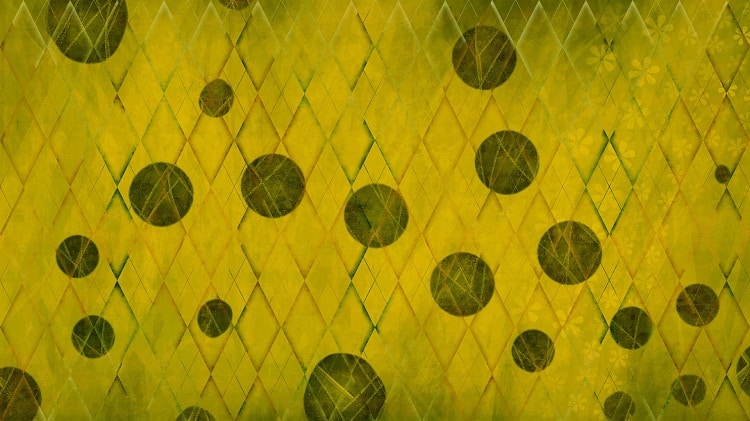In Euclidean Geometry, a rhombus is defined as a quadrilateral or closed polygon with all four sides measuring the same length. We can also call a rhombus; an equilateral quadrilateral has all the sides equal. In this article, we will learn about the different properties and concepts, such as the area of rhombus. A rhombus is also known as a diamond shape named after the suit of playing cards. The diamond is a special case of a rhombus.
Area of a Rhombus

We can define the area of a rhombus as the region covered by the entire two-dimensional shape. If a1 and a2 are the diagonals of a rhombus, then the area is given by
Area of a rhombus = (a1 * a2) / 2
Perimeter of a Rhombus
We know that the perimeter of any figure is defined as the sum of all its boundaries; similarly, the perimeter of a rhombus is given by the sum of lengths of all sides. As all sides are of the same measure hence, we just need to multiply the length of one side by 4 to get the answer.
Perimeter = 4 * side.
Properties of a Rhombus

- A rhombus has equal length on all four sides.
- The sides opposite each other are parallel in a rhombus.
- Angles that are opposite to each other are equal.
- The diagonals are perpendicular bisectors in a rhombus.
- Additionally, the diagonals also bisect the interior angles made at the vertices.
- The adjacent angles in a rhombus sum to 180 degrees.
- The four right-angle triangles formed by the two diagonals of a rhombus are congruent.
- When the midpoints of the sides are joined, the figure so formed is a rectangle.
- If the midpoints of half of the diagonals are joined, it creates another rhombus.
- You cannot have an inscribing circle in a rhombus.
- Similarly, there cannot be a circumscribing circle.
- If the diagonal that is shorter is equal to the side lengths, then two equilateral triangles will be formed that are congruent.
- If a rhombus is revolved about any side, treating that as an axis of rotation, then a cylindrical surface having a convex cone at one end and a concave cone on another end is formed.
- If the rhombus is revolved about the line joining the midpoints of the opposite sides, and this is treated to be the axis of rotation, then a cylindrical surface is formed that has concave cones on both ends.
- If the longer diagonal of the rhombus is treated as the axis of rotation and revolved, we will end up with a solid shape with two cones attached to the bases. The maximum diameter of this solid is equivalent to the diagonal that is shorter in the length of the rhombus.
- Similarly, if the rhombus is revolved along the shorter diagonal, then we get a shape that has two cones attached to the base, and the maximum diameter is equal to the longer diagonal.
Conclusion
Kids must have complete knowledge of several other quadrilaterals such as square, rectangle, parallelogram, etc. The best place to turn to for assistance with these topics and more is Cuemath. Cuemath is an online mathematical platform that provides kids with math experts to guide them through the subject using resources such as worksheets, math workbook, interactive puzzles, games, visual simulations, and apps. Thus, you can turn to Cuemath to start your journey in geometry and master it in no time!
